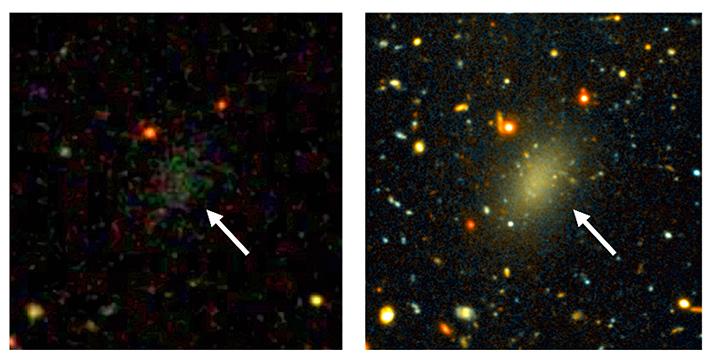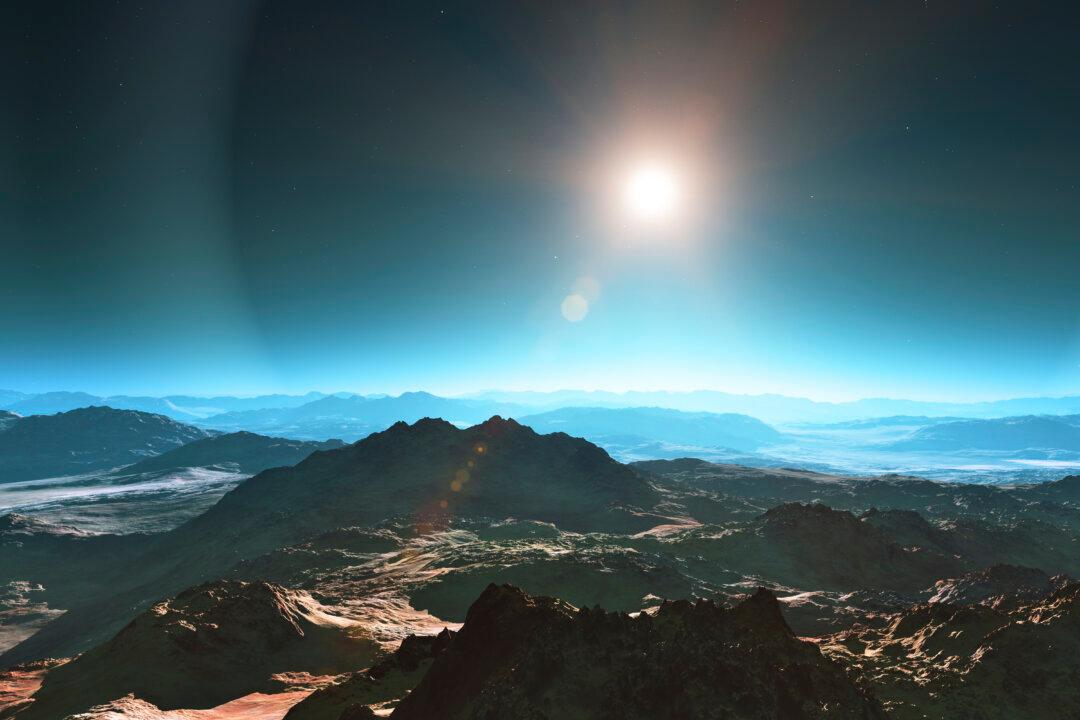A galaxy first spotted in images from NASA’s Hubble and Spitzer space telescopes is one of the earliest every discovered.
Astronomers first identified galaxy EGS-zs8-1 based on its particular colors. They say it’s more than 13 billion years in the past—a time when the universe was only 5 percent of its present age.
“It has already built more than 15 percent of the mass of our own Milky Way today,” says Pascal Oesch, a Yale University astronomer and lead author of a study published online in Astrophysical Journal Letters. “But it had only 670 million years to do so. The universe was still very young then.”

NASA, ESA, P. Oesch, and I. Momcheva, and the 3D-HST and HUDF09/XDF teams




